‘Sento, the Art of Japanese Baths’, an Intimate Look at a Japanese Institution
Stéphanie Crohin, a 'sento' ambassador in Japan, presents around fifty baths in this book and explains the rituals and culture behind them.
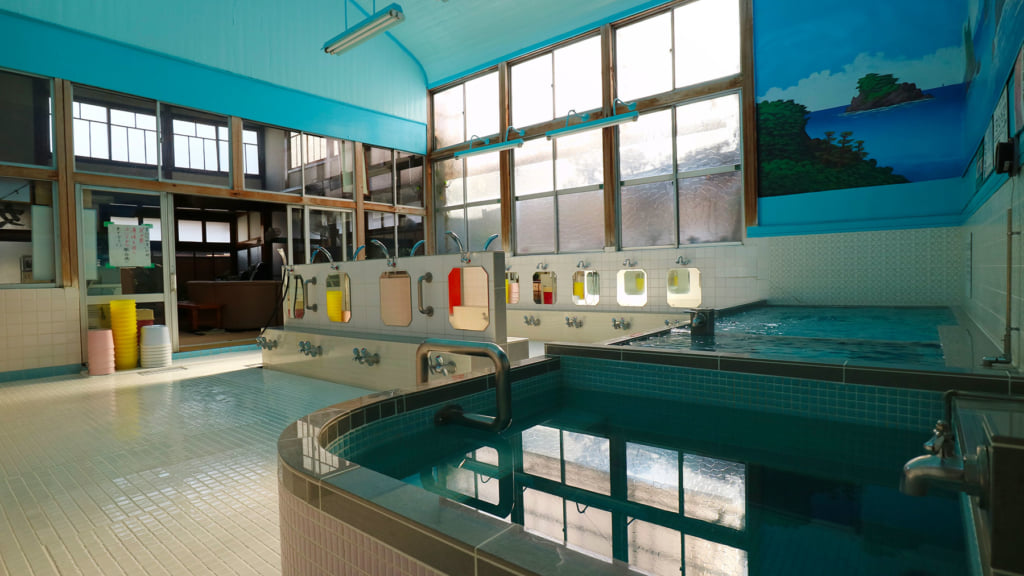
© Stéphanie Crohin
Sento, l’art des bains japonais (‘Sento, the Art of Japanese Baths’) showcases Japanese public bathhouses, institutions run primarily by families over the generations, which decline in number each year. After outlining the history of these establishments, the name of which dates back to 1401, in the first part of the book, Stéphanie Crohin takes the reader on a journey to discover 59 sento located in Tokyo, Kyoto, and Osaka, and on Japan’s most southerly island, Kyushu.
This is no small privilege given that these establishments very rarely open their doors to photographers, in order to avoid disturbing visitors as they enjoy the peace, quiet, and privacy. Stéphanie Crohin is not a novice in the world of sento, however. Having settled in Japan in 2008, this author, photographer, and speaker has been part of the committee for public baths in Tokyo since 2014, responsible for reviewing the entry fees on a yearly basis. In 2015, she was named a sento ambassador in Japan, marking the first time that this status had been awarded to a foreigner in the country. Stéphanie Crohin has also already released two books dedicated to baths, written in Japanese.
Sento that are accessible to foreign visitors
Thus, the reader is taken inside these establishments and Stéphanie Crohin outlines the specificities of each one, along with their entry fees, addresses, and opening hours. ‘I’ve visited over 1000 sento in Japan. I chose these ones because I think they’re accessible to foreigners. I didn’t include any sento with very hot water. And I tried to find a balance between old establishments, others with more of a kitsch feel that were renovated 20 to 30 years ago, and lastly, more recent designer sento‘, Stéphanie Crohin explains.
Sento, l’art des bains japonais has a dual aim: to make these baths and their universe known overseas, and to prevent sento from becoming an increasingly rare sight in Japan. ‘I’d like to do what I can personally so that sento culture expands rather than shrinks’, declares the author who, alongside all her other activities, has also been working in a local bathhouse since 2016. ‘It’s a whole community. People trust their sento because they grew up there, they went there with their families. In Japanese society, many people live alone, so one of the rare moments when they socialise is when they walk through the sento doors’, the author continues. These local baths are indeed in danger of extinction. Fifty years ago, there were around 2700 sento in Tokyo; in 2019, just 520 remained.
Sento, l’art des bains japonais (2020) (‘Sento, the Art of Japanese Baths’), a book by Stéphanie Crohin, is published by Sully.
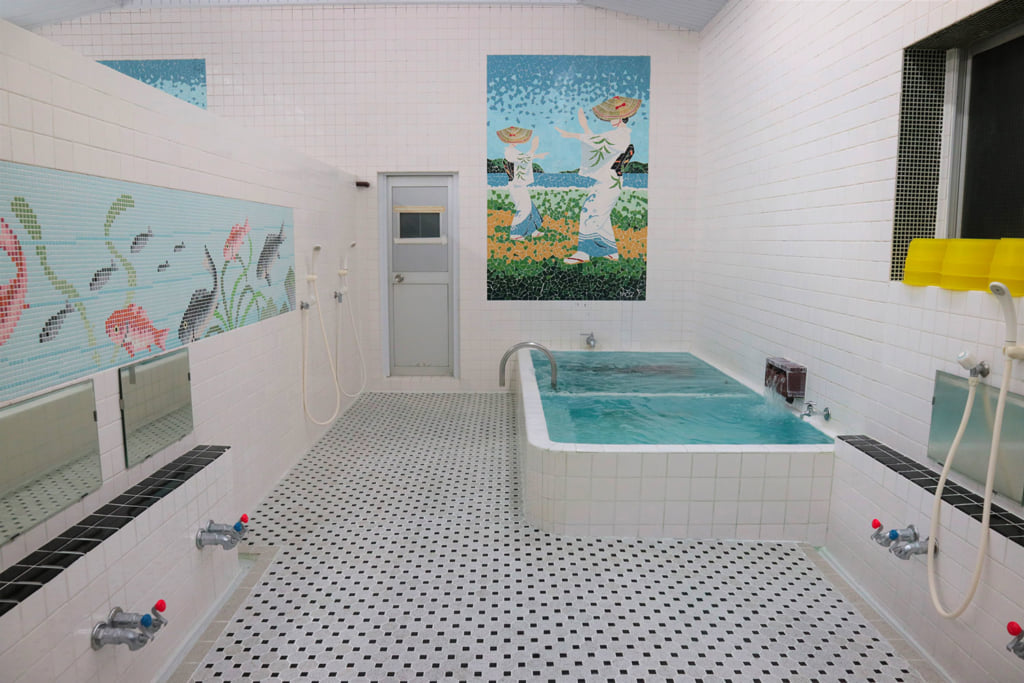
© Stéphanie Crohin
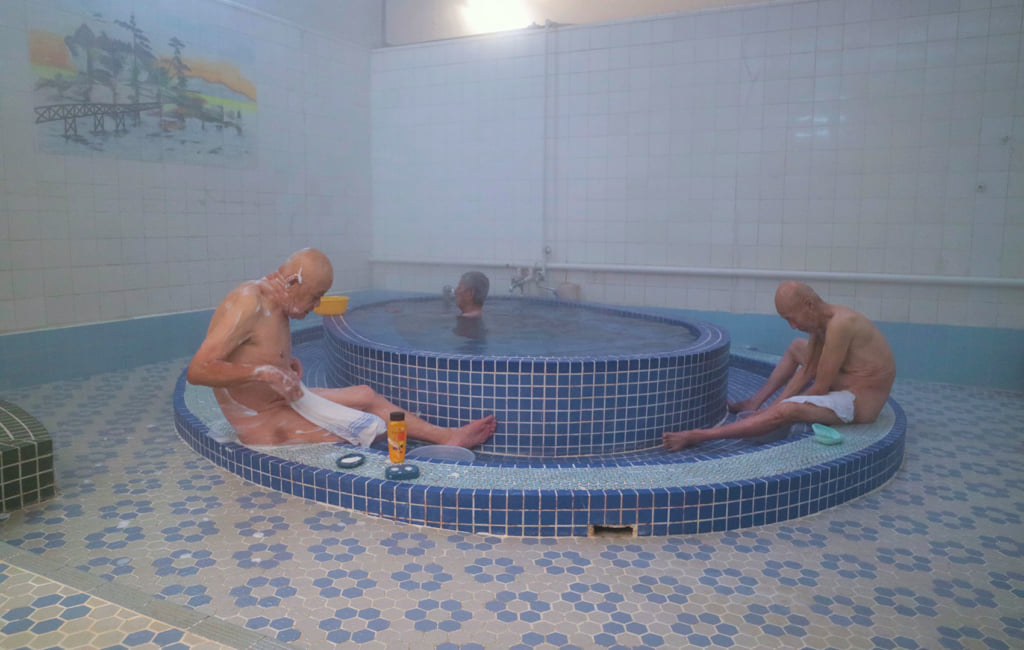
© Stéphanie Crohin
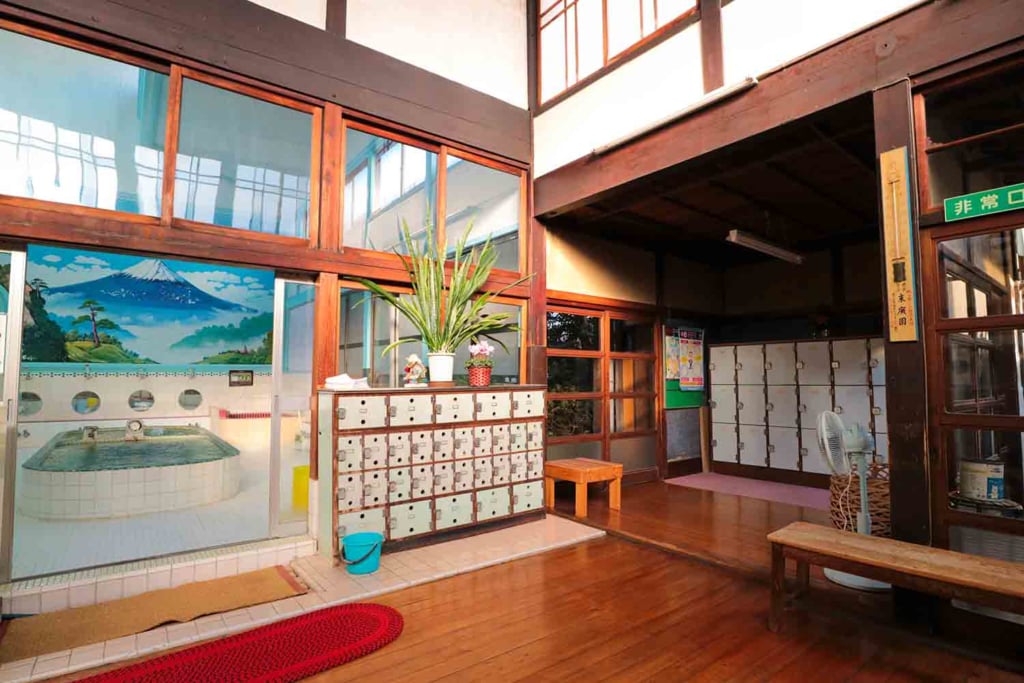
© Stéphanie Crohin

© Stéphanie Crohin
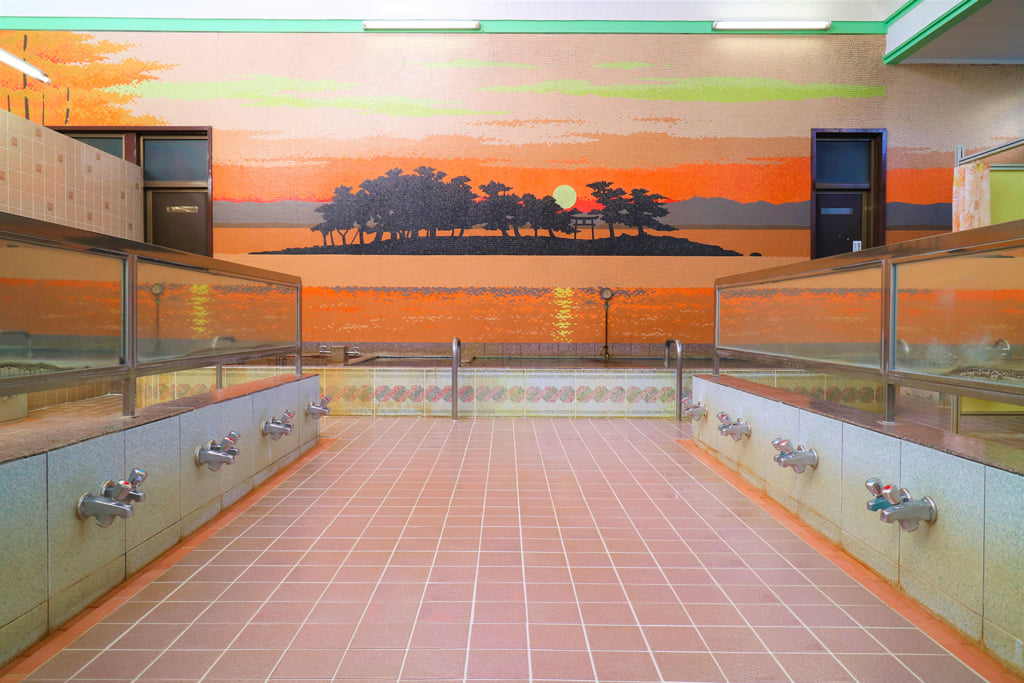
© Stéphanie Crohin
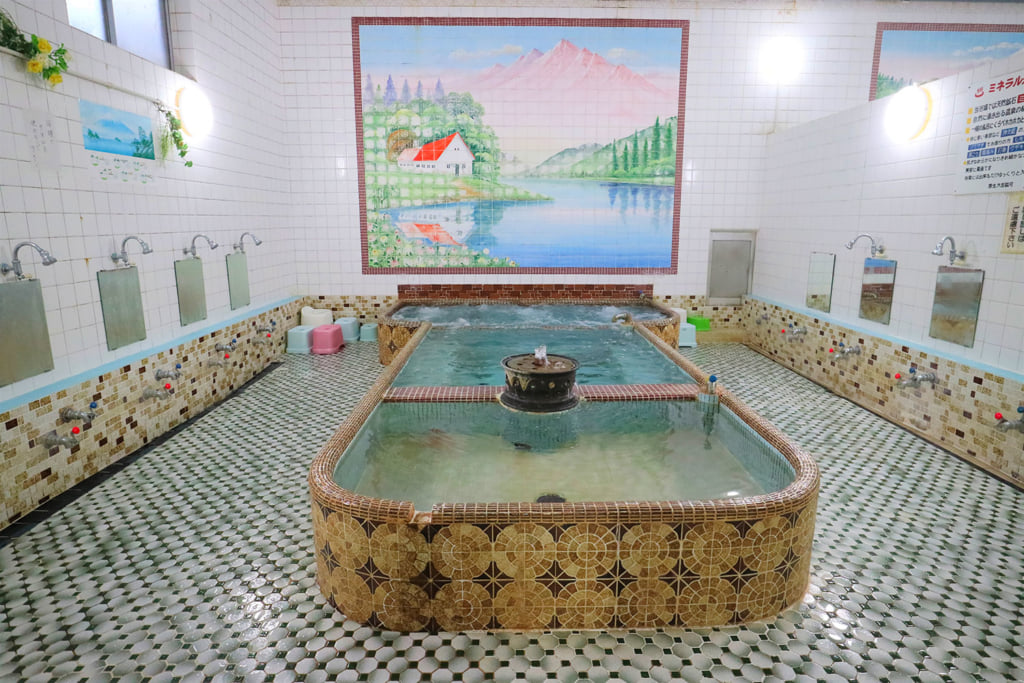
© Stéphanie Crohin
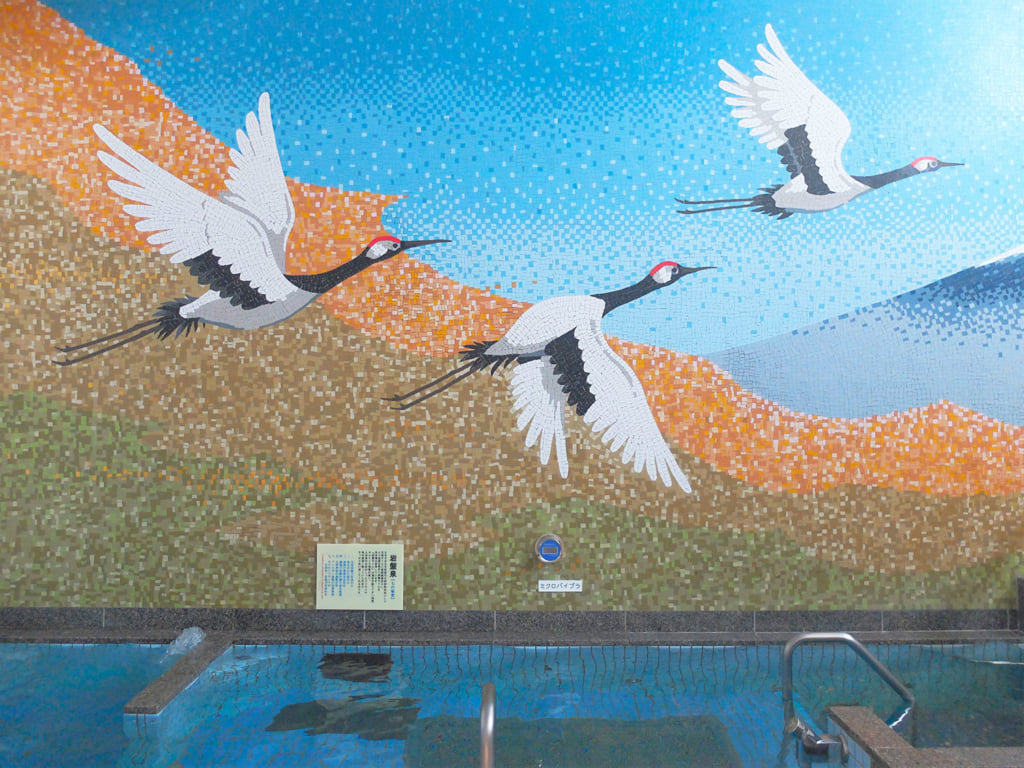
© Stéphanie Crohin
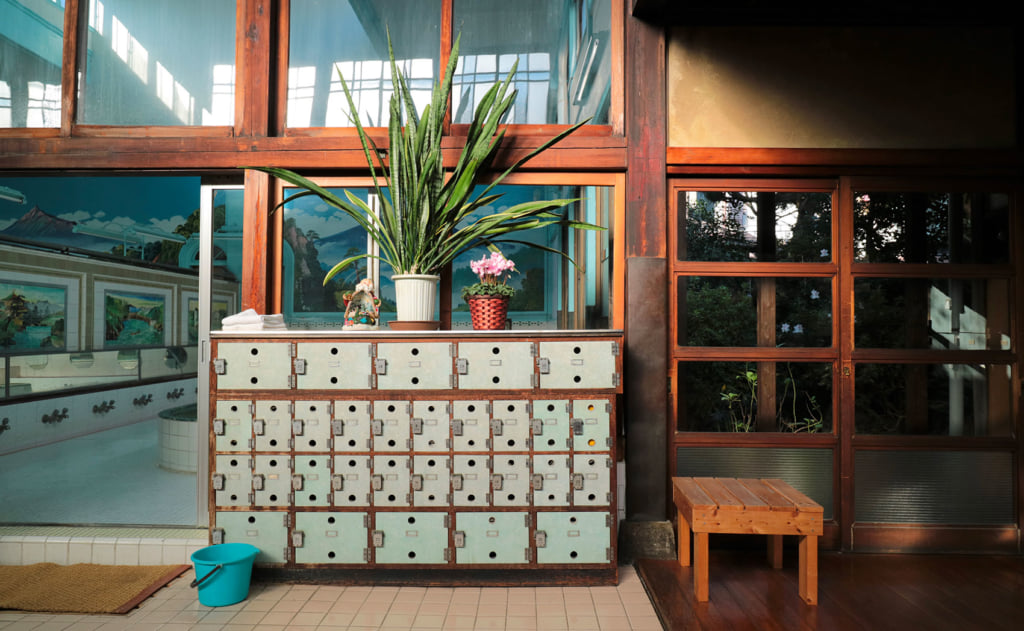
© Stéphanie Crohin
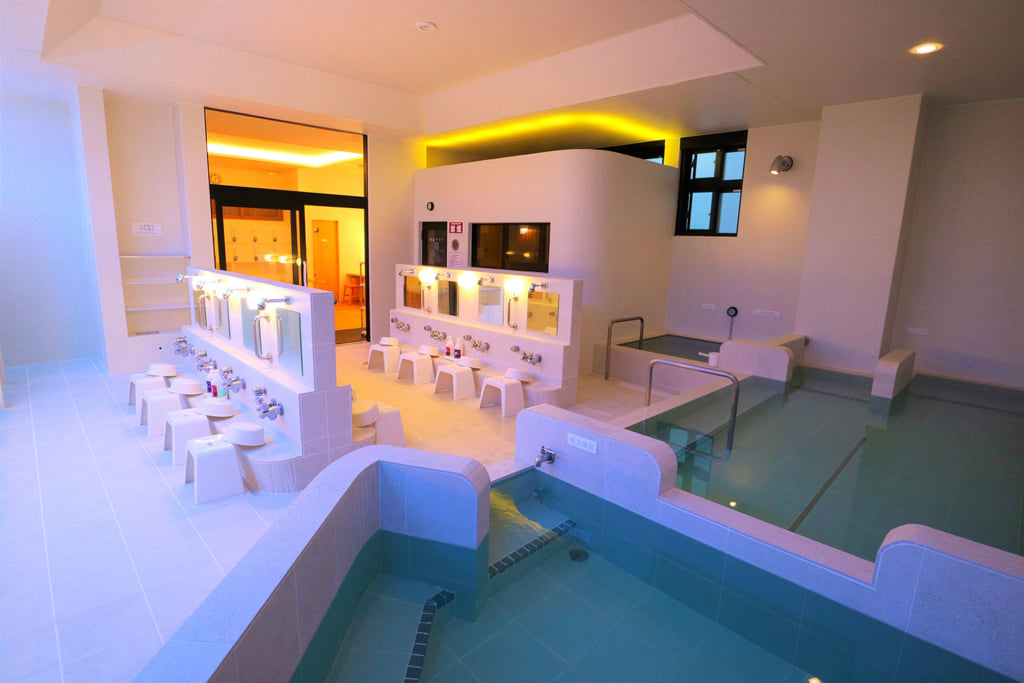
© Stéphanie Crohin
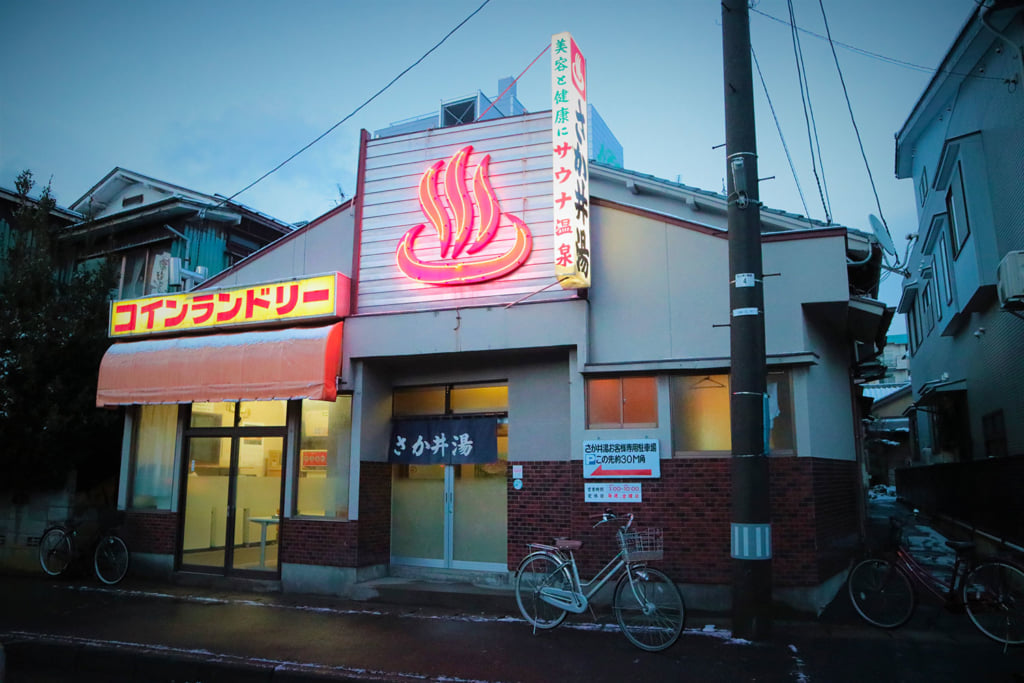
© Stéphanie Crohin
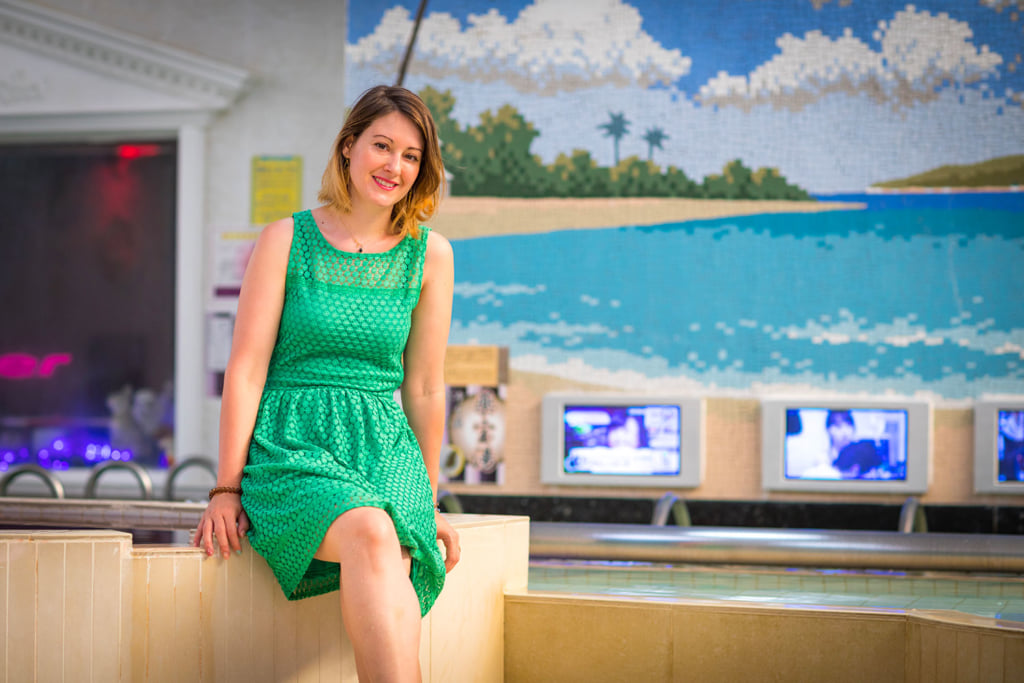
© Jordy Meow
TRENDING
-
A House from the Taisho Era Reveals Its Secrets
While visiting an abandoned building, Hamish Campbell discovered photographs the owner had taken of the place in the 1920s.

-
The Taboo-Breaking Erotica of Toshio Saeki
The master of the 1970s Japanese avant-garde reimagined his most iconic artworks for a limited box set with silkscreen artist Fumie Taniyama.

-
With Meisa Fujishiro, Tokyo's Nudes Stand Tall
In the series 'Sketches of Tokyo', the photographer revisits the genre by bringing it face to face with the capital's architecture.

-
Masahisa Fukase's Family Portraits
In his series ‘Family’, the photographer compiles surprising photos in which he questions death, the inescapable.

-
Hajime Sorayama's Futuristic Eroticism
The illustrator is the pioneer for a form of hyperrealism that combines sensuality and technology and depicts sexualised robots.





